The content of the article
Most butterflies that are found in nature, have bright colors. Is no exception pestryanka. She has a rather interesting and attractive color. But behind the outer beauty lies a pronounced treachery. The fact is that it is a pest of fruit crops. Besides the fact that they feed on nectar and caterpillars, they also mercilessly destroy fruit trees. If this butterfly appeared on the plot, it is necessary to take all measures to protect plants from it. It simply should be exterminated by all available means.
general description
The family in which the butterfly belongs is of the same name. It is terrible to even think, but it includes about 1000 species of this pest. The butterfly is impressed by the climate with warm and humid air. Therefore, the predominant place of its habitat are tropical countries. In areas with a temperate climate in the territory of our country, you can find about 50 species of this butterfly.Most, but not all representatives are pests of garden plants.
The butterfly has a very bright, impressive color. On the surface of the black or blue wings are randomly scattered spots of yellow or blood-red color. It is rare to find such insects, which have a single color. The nature has awarded the butterfly with such color not by chance. All poisonous insects, as a rule, have a bright color. He seems to be a warning to numerous enemies.
It is not recommended to lead a friendship with this butterfly, and even less to communicate with it. She is able to accumulate various toxic compounds in her body, one of which is hydrocyanic acid. If any insect wishes a dish in the form of this butterfly for lunch, nothing good awaits him. It may just be poisoned.
But this is not the only way to protect against enemies. It can release a strong, unpleasant smell. It contains poison. This circumstance allows the butterfly to behave quite calmly in the wild. She feeds on the nectar of plants with the help of her proboscis. However, she does not seem to worry about their safety.On the proboscis scales are absent. The head is equipped with tendrils that resemble a spindle. But they may have another shape, for example, resemble a comb.
A characteristic feature of this species is a hetozem with its location on the head. It is a collection of setae. Its main purpose is to sensory perception of all that surrounds the butterfly.
Main types
In the wild, parsley is found in the following species:
- Grape type. Lives in areas located near the sea. The wings are dark green in color with a bronze sheen that is distinctly expressed in the rays of the sun. Despite the fact that the butterfly has a very modest size, it is a real thunderstorm of vineyards. From this, in fact, came its name. The caterpillar has a brown-yellow color, the length of which does not exceed 2 cm. It uses succulent grape leaves for feeding, causing a rather noticeable harm to the vine.
- Clover type. From the name it is clear that such a butterfly mainly uses clover in its diet. But alfalfa is also quite suitable for her. In size, it is somewhat larger than the previous species.Such a butterfly is poisonous due to the content of hydrocyanic salts in its body. It is most active at the very beginning of summer.
- Purple spotted It has medium size. Such a butterfly is most active in the first two months of summer. For nutrition prefers such plants as thyme and thyme.
- Tvolgovaya pestryanka. This species is most common. On the front wings black color. Characterized by a slight metallic luster. On the wings are large spots with a bright red color. The caterpillar is a small butterfly with a dense body covered in hairs. The caterpillar is able to accumulate cyanides. If one of the animals swallows it, it can easily become poisoned.
There is also a false spotlet, which by its appearance bears a close resemblance to the true representative. She is a member of the lat family. It includes approximately 3,000 representatives. Vital activity is associated with a daily lifestyle. When collecting nectar from plants, they are collected in small flocks. Unlike the real one, the false pestle is not a pest.
Behavior in nature
Pestryanka show the greatest activity during the day.However, some species are nocturnal. Many probably had to see how a lantern is surrounded by a large number of butterflies. This is pestryanka. The fact is that they are very attracted to the light. It is impossible to call a quick motley even with a big stretch. Their flight is slow, in which they behave extremely clumsily.
Laying eggs is carried on the underside of the leaf. Eggs are colored yellow. After 10 days, small caterpillars appear from the eggs, the body of which covers the setae.

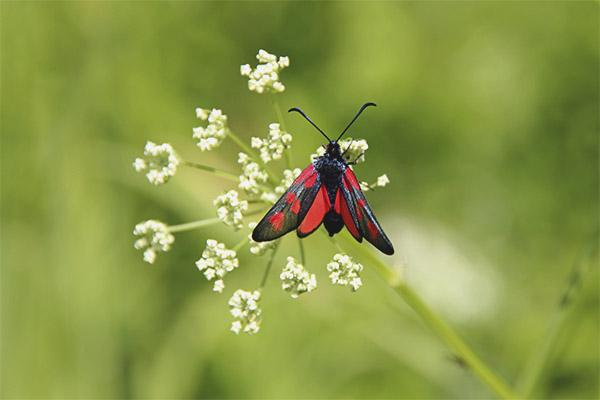

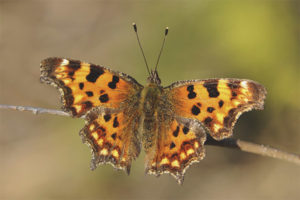
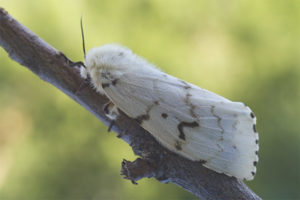
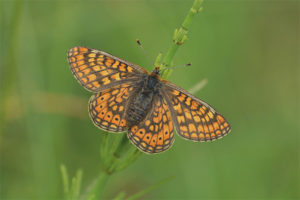

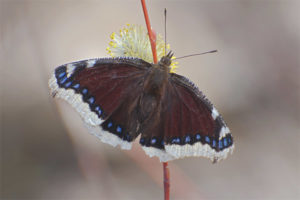
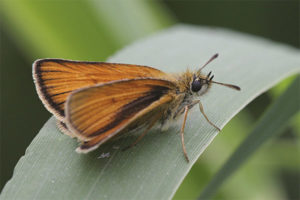


To send